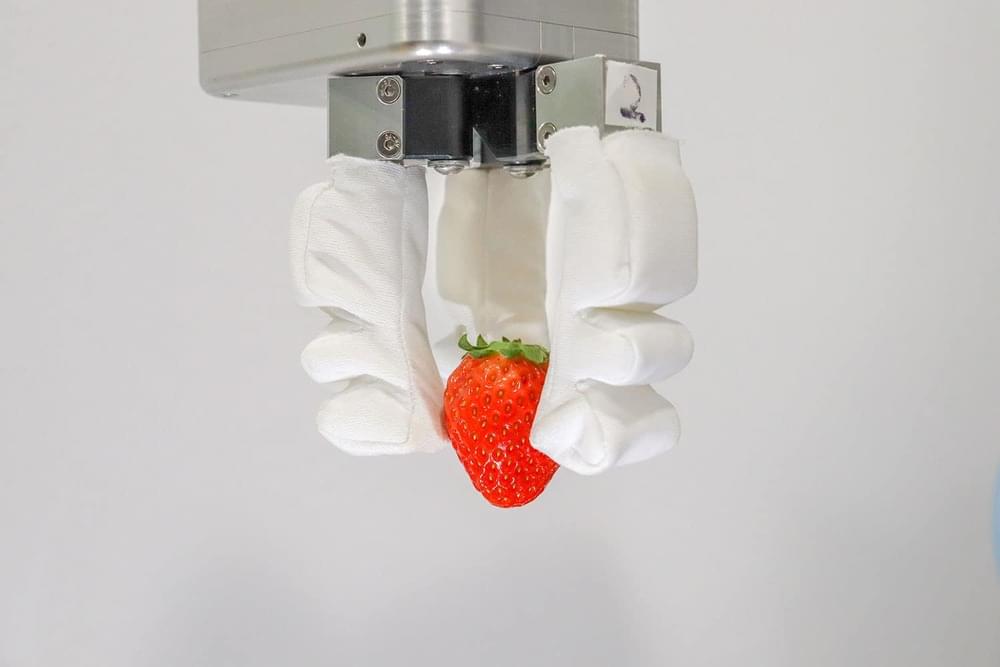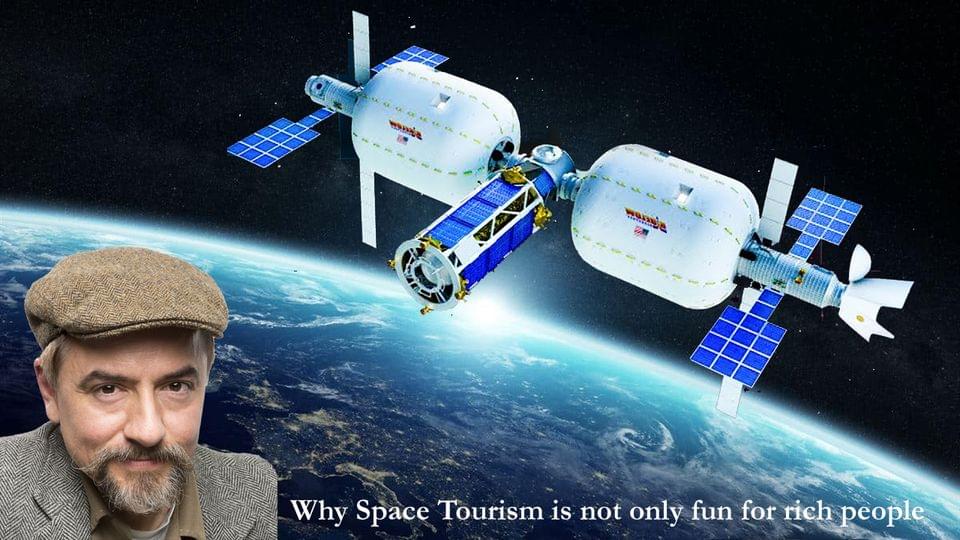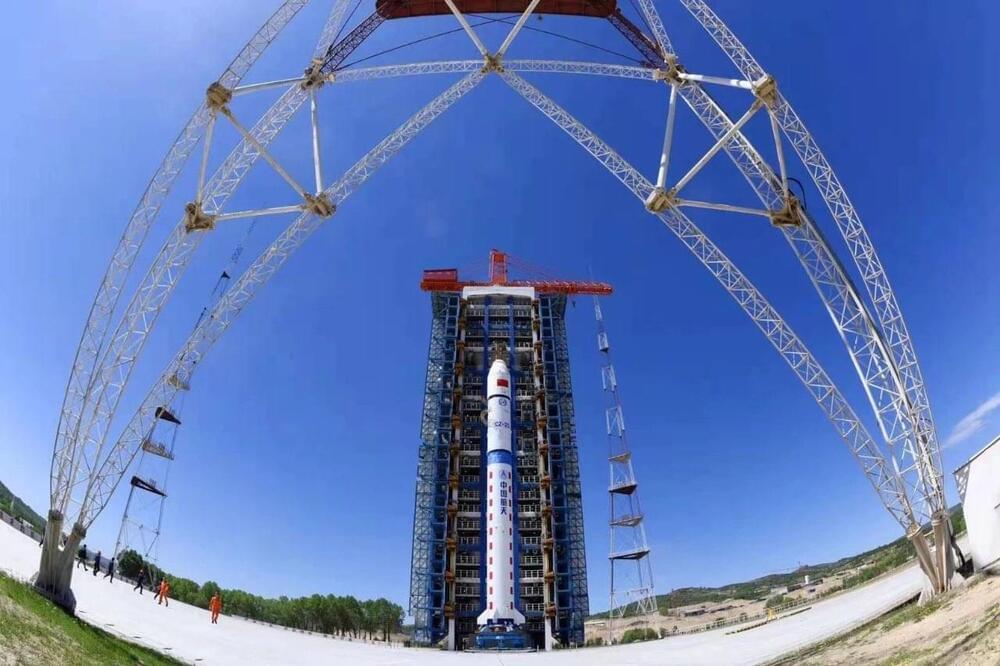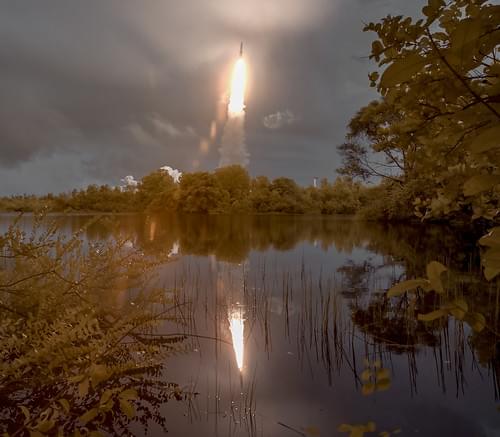SKYNET BABY STEPS.
Amazon has fixed its voice assistant so that it will not suggest the dangerous “challenge” again.


Lawns are becoming less and less popular these days. Besides being high-maintenance, they are terrible for the environment. The mono-crop grasses require lots of watering, fertilizing and “herbiciding.” With mounting water shortages around the world, should we really be dumping clean water on non-edible grass?
Naturally, people are looking for alternatives. Some are planting edible gardens, some are planting prairie grasses and flowers for pollinators, and some are planting eco-friendly clover lawns, for a look and feel more similar to a regular lawn.
And now we’ve found another alternative — creeping red thyme. Like clover, the fast-growing cover crop can take over your whole lawn like a carpet.
Claim your SPECIAL OFFER for MagellanTV here: https://try.magellantv.com/launchpadastronomy. Start your free trial TODAY so you can watch ‘Planet Hunting with the James Webb Space Telescope’ and the rest of MagellanTV’s science collection: https://www.magellantv.com/video/planet-hunting-with-the-jam…-telescope.
The James Webb Space Telescope launched, but now its deployments must work. Even though the launch was successful, the hardest part is yet to come. We’ll take a look at each of the deployment steps and understand why Webb has to be so complex to accomplish its mission.
00:00 Launch of JWST
02:19 Second Mid-Course Correction burn.
04:09 Magellan TV
04:50 Webb’s Requirements.
08:28 Unitized Pallet Structure Deployment.
09:11 Deployable Tower Assembly.
09:53 Aft Momentum Trim Tab.
10:34 The Sunshield.
12:52 Sunshield Deployment.
14:40 Secondary Mirror Support Structure.
15:37 Aft Deployed Instrument Radiator.
16:17 Primary Mirror Wings and Alignment.
17:27 L2 Orbit Insertion and Commissioning.
18:07 Contingency Operations.
🖖 Share this video with a fellow space traveler: https://youtu.be/QeiQEG450gc.
🔴 Watch my most recent upload: https://goo.gl/QbRcE2
🚀 Help me improve the channel by joining the community on Patreon.


Earlier this month, Airtable announced it’s now worth $11 billion after its latest funding round. The company’s “code-for-everyone-else approach allows professionals who aren’t fluent in coding languages such as Java or Python, and don’t have their desk buried deep within the stack, to play a part in rethinking and remaking the consumer and client digital experience,” reports Riley de León of CNBC. “The low-code movement has attracted an even higher level of attention as a result of the pandemic, during which organizations from hospitals to government entities and corporations have had to develop online offerings at a faster pace than ever expected and for new use cases.”
This movement is part of an increasing democratization of programming — borne of extreme necessity. At a time when digital transformation is everywhere, “relying on IT departments and professional programmers is unsustainable,” an O’Reilly report states. “We need to enable people who aren’t programmers to develop the software they need. We need to enable people to solve their own computational problems.”


The Chinese inroads into space have got strategic circles abuzz with discussions about a possible revival of a Cold War-type competition between the US and the erstwhile Soviet Union.
China has yet again made headlines with a move that goes beyond just sending missions to the Moon or Mars. It has claimed to have launched a satellite that could take high-resolution photos of American cities from space, which can capture even details of a vehicle’s number plate.
According to experts, a Chinese satellite captured photographs of a vast region around a US city in just 42 seconds, crisp enough to recognize a military vehicle on the street and tell what type of weapon it might be carrying.
With an efficiency of 20.9%, the tested cell does not yet fully exploit the potential.

In the 2002 science fiction blockbuster film “Minority Report,” Tom Cruise’s character John Anderton uses his hands, sheathed in special gloves, to interface with his wall-sized transparent computer screen. The computer recognizes his gestures to enlarge, zoom in, and swipe away. Although this futuristic vision for computer-human interaction is now 20 years old, today’s humans still interface with computers by using a mouse, keyboard, remote control, or small touch screen. However, much effort has been devoted by researchers to unlock more natural forms of communication without requiring contact between the user and the device. Voice commands are a prominent example that have found their way into modern smartphones and virtual assistants, letting us interact and control devices through speech.
Hand gestures constitute another important mode of human communication that could be adopted for human-computer interactions. Recent progress in camera systems, image analysis and machine learning have made optical-based gesture recognition a more attractive option in most contexts than approaches relying on wearable sensors or data gloves, as used by Anderton in “Minority Report.” However, current methods are hindered by a variety of limitations, including high computational complexity, low speed, poor accuracy, or a low number of recognizable gestures. To tackle these issues, a team led by Zhiyi Yu of Sun Yat-sen University, China, recently developed a new hand gesture recognition algorithm that strikes a good balance between complexity, accuracy, and applicability.
